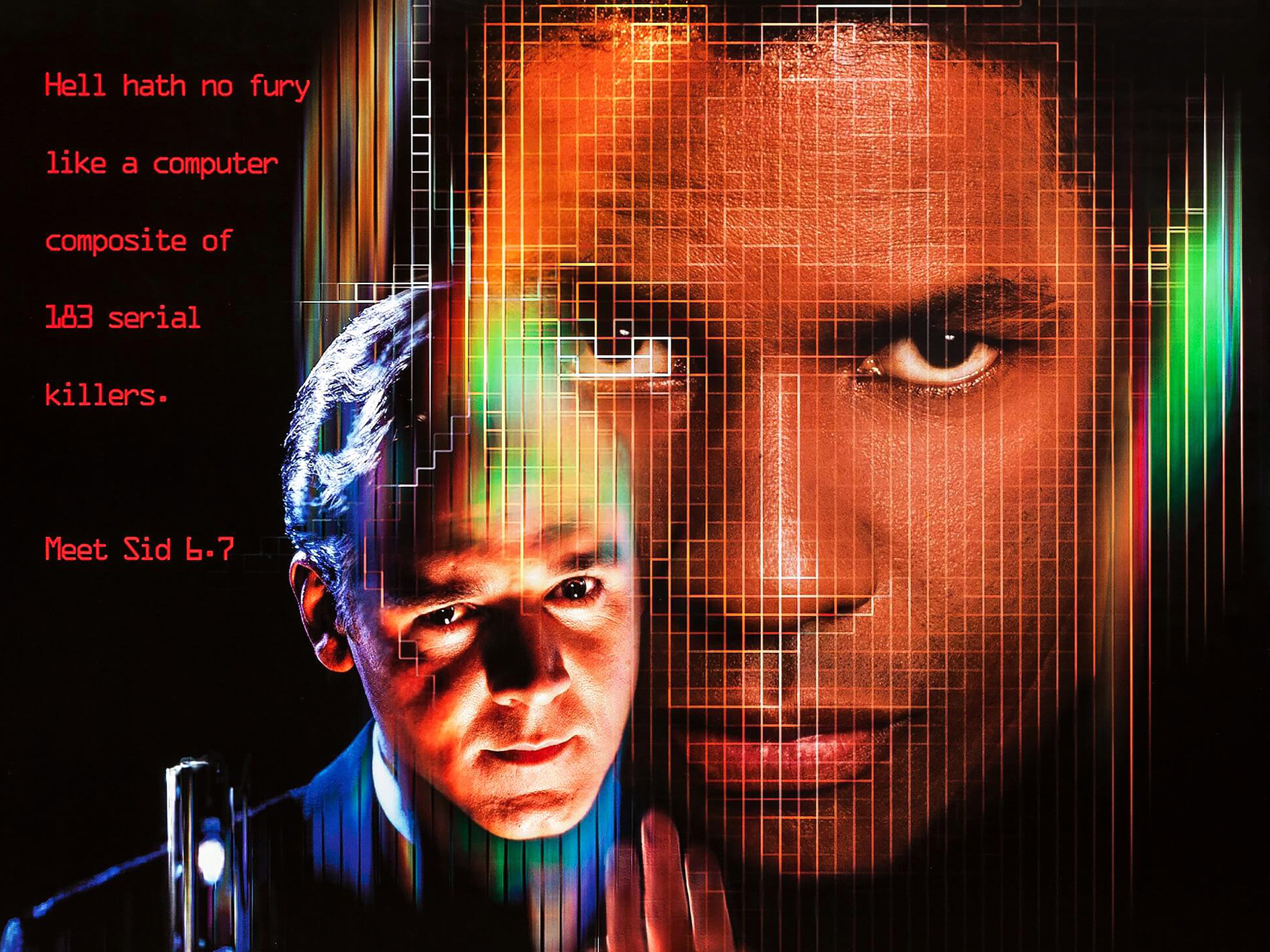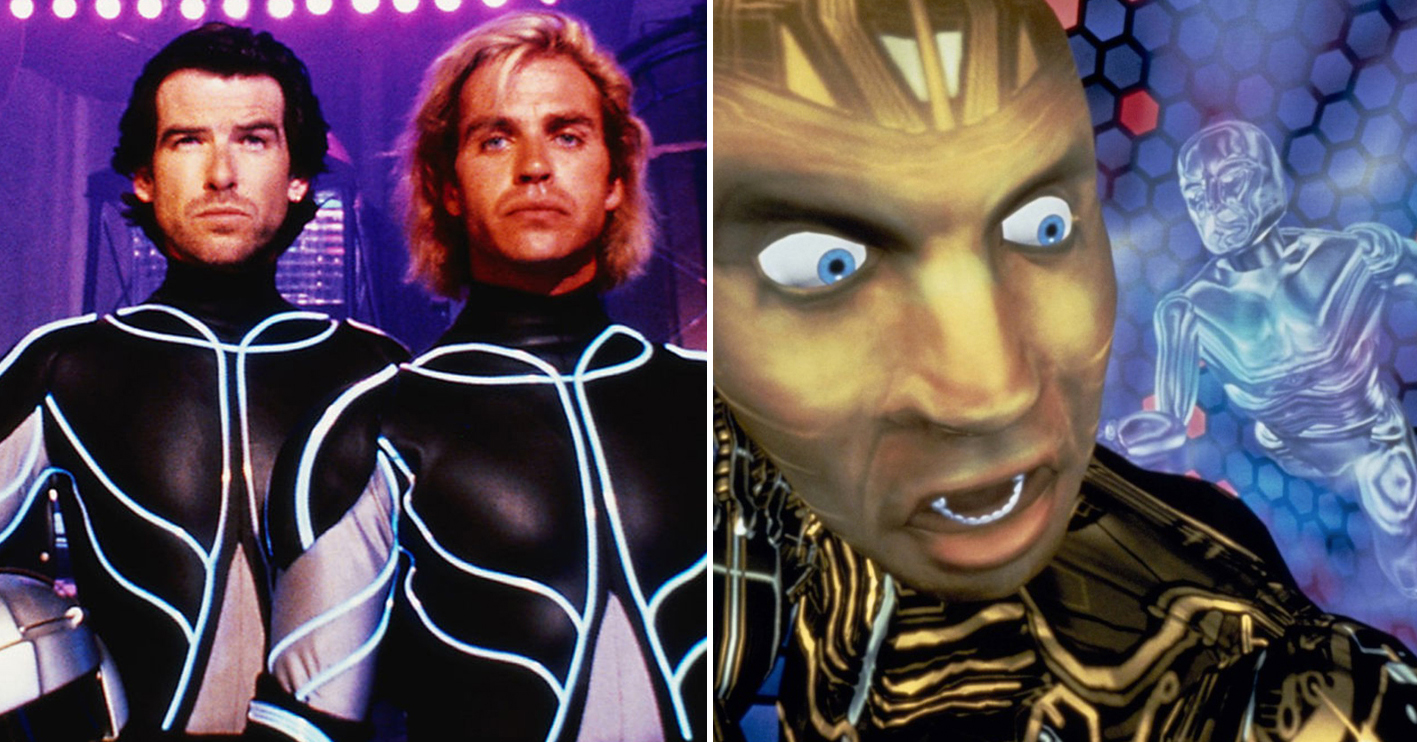It can be hard to imagine a time when the use of computer-generated imagery in the movies wasn’t commonplace. Up until the early 90s, however, most people had no idea what CGI was – and one of the first movies to really highlight the technology was 1992’s The Lawnmower Man. Time hasn’t been that kind to the movie (especially its FX), but it certainly made an impact on release. Here are some things about the film you might not have known.
20. The film’s title was taken from a Stephen King short story to make it more marketable
The Lawnmower Man began life as CyberGod, an original screenplay by Gimel Everett. However, the script was slightly reworked and presented as an adaptation of a 1975 Stephen King short story entitled The Lawnmower Man. It was hoped that this move would improve the film’s prospects at the box office, thanks to the marketability of King’s name.
Like the movie, King’s The Lawnmower Man involved a gardener who mowed lawns – but, aside from a few minor details, that was pretty much the only common feature between the stories. King’s story did not have anything to do with computers, let alone virtual reality – although this is hardly surprising given the technology was still very primitive in the 70s.

19. There’s an early appearance from Breaking Bad star Dean Norris
Outside of its use of CGI, The Lawnmower Man is probably best remembered as one of Pierce Brosnan‘s most high-profile movie leads before he was cast as James Bond. However, Brosnan (already famous at the time for TV’s Remington Steele) wasn’t the only actor in The Lawnmower Man who went on to appear in works that had a major impact on popular culture.
Another future big name who makes an appearance in The Lawnmower Man is Dean Norris, who co-stars as as the mysterious Director, a shady corporate type who’s funding the VR experiments of Brosnan’s Dr Lawrence Angelo. While Norris’s name alone might not ring a bell, the actor is today recognised by millions of fans for his role as DEA agent Hank Schrader on acclaimed TV hit Breaking Bad.

18. Jeff Fahey’s Jobe was originally going to be a red-head
As a mentally challenged social outcast (at least, to begin with), Jeff Fahey’s title character Jobe has to put up with a lot of scorn and ridicule. Originally, the filmmakers had planned to go one further on this and give him another feature that tends to attract the unwanted attention of small-minded bullies: red hair.
Fahey underwent hair dye tests to see how this would look, but none of the dye they tried out looked particularly convincing on the actor. As a result of this, they decided to scrap the plans for a red-headed Jobe, and allowed Fahey to keep his natural blonde locks instead. Still, it’s noticeable that his hair gets a lot tidier as the film progresses and Jobe’s intelligence increases.

17. Real mystical symbols are used in the VR sequences
As a story about a man first increasing in mental power, then ultimately achieving god-like omnipotence via virtual reality, The Lawnmower Man blurs the lines between science and mysticism. The VR sequences go one step further with this idea further by including glimpses of actual mystical symbols amongst the computer graphics.
Eagle-eyed viewers who are well educated on matters of the occult may recognise symbols from the Kabbalah (before Madonna and co made it fashionable), as well as symbols from the Key of Solomon, in the Enochian language of the angels. Quite how or why Brosnan’s Dr Angelo wound up making these part of his computer program is never explained.
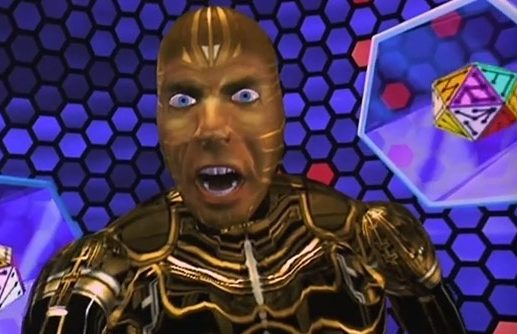
16. The film was reportedly a favourite of cult leader David Koresh
It came to light years after the fact that The Lawnmower Man was a personal favourite film of one of the most infamous figures of the early 90s: David Koresh, leader of religious cult the Branch Davidians, who was killed along with a reported 75 of his followers in April 1993 in the infamous law enforcement siege of the cult’s compound in Waco, Texas.
The Branch Davidians preached an apocalyptic take on the Bible, believing the world to be in the end days as described in the Book of Revelations. The compound (where The Lawnmower Man was said to be popular viewing, along with Full Metal Jacket and Hamburger Hill) was raided by the ATF and FBI after reports of weapons stockpiling and child abuse.

15. It opened in second place at the box office, behind Wayne’s World
The Lawnmower Man got a lot of attention from mainstream audiences when it was first released to cinemas in March 1992. The sci-fi thriller came close to topping the US box office on its first weekend, but it was beaten to the number one spot by Wayne’s World, the smash hit comedy starring Mike Myers and Dana Carvey, based on their Saturday Night Live characters.
By the end of its run, The Lawnmower Man earned over $32 million in America alone. In today’s climate where movies usually need to earn hundreds of millions to make a profit, this may seem like a very modest sum, but it was a comfortable return on the film’s $10 million budget. Plus, The Lawnmower Man would later do even better business on VHS and in TV screenings.
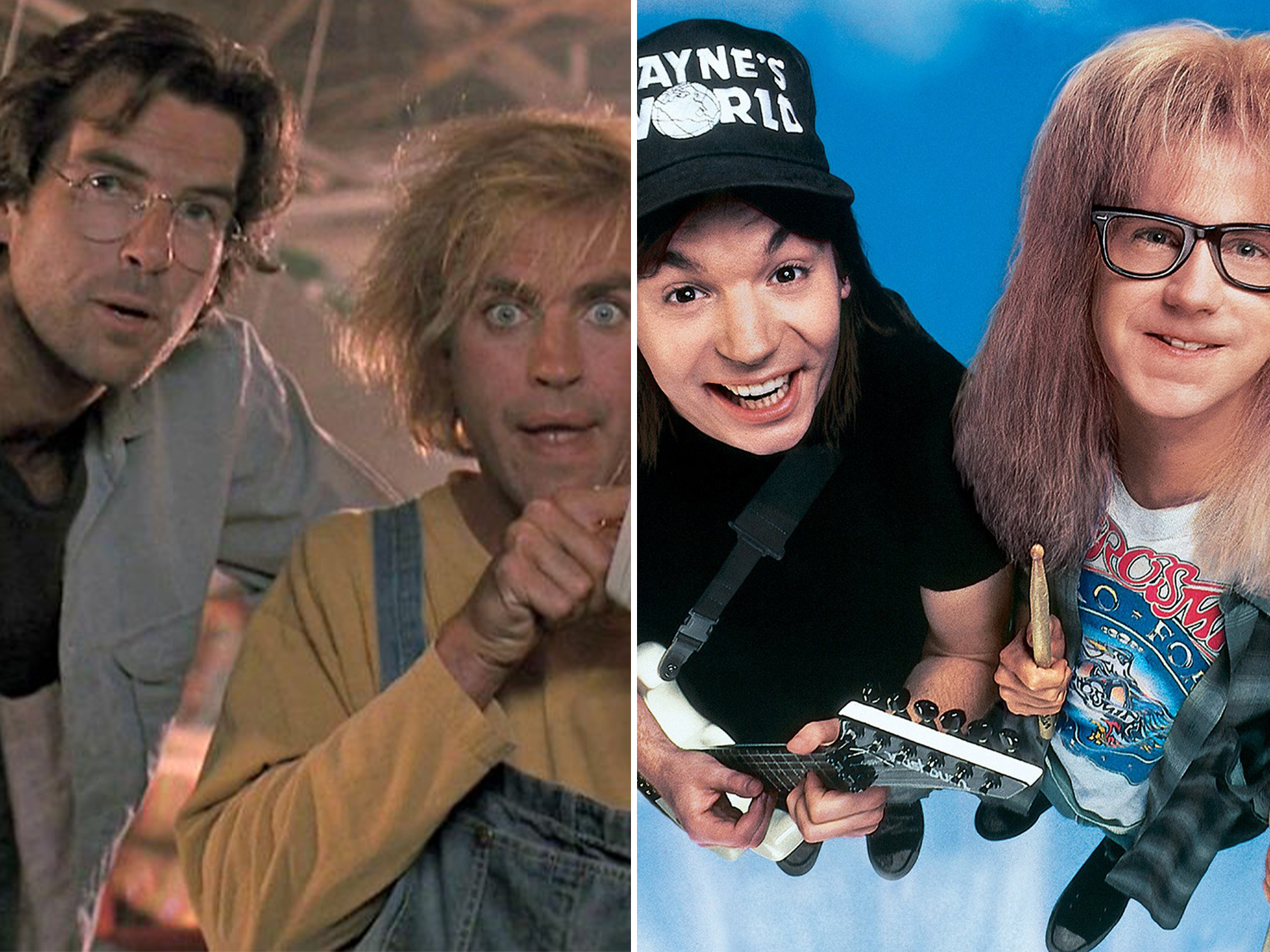
14. Dialogue from the film was sampled by The Prodigy
Although The Lawnmower Man has long been mocked for its dated FX and absurd plot, the film has also garnered a strong cult following over the years, and has been celebrated in popular music. Dialogue from the film was directly sampled in the music of one of the most popular and influential dance acts of the 90s, The Prodigy.
The British electronica pioneers used Pierce Brosnan’s line “I’ve decided to take my work back underground” in the introductory piece of music on their best-selling 1994 album Music for the Jilted Generation. Another dance artist, German producer and DJ Phace, also sampled dialogue from The Lawnmower Man on their track Brainwave.

13. There was a sequel in 1996, which flopped hard
1996 saw the release of Lawnmower Man 2: Beyond Cyberspace, in which Max Headroom actor Matt Frewer took over from Jeff Fahey as Jobe. Pierce Brosnan was asked to return, but was unavailable because of his work on GoldenEye – and it’s fair to say his first film as James Bond did a lot more for Brosnan’s career than a Lawnmower Man sequel would have done.
The only cast member from the original to return was Austin O’Brien, who reprised the role of Peter Parkette. By contrast to its predecessor, Lawnmower Man 2 bombed at the box office: after costing $15 million to make, the film made a mere $2 million in ticket sales. The reviews were awful too: it currently has an 11% score at Rotten Tomatoes.
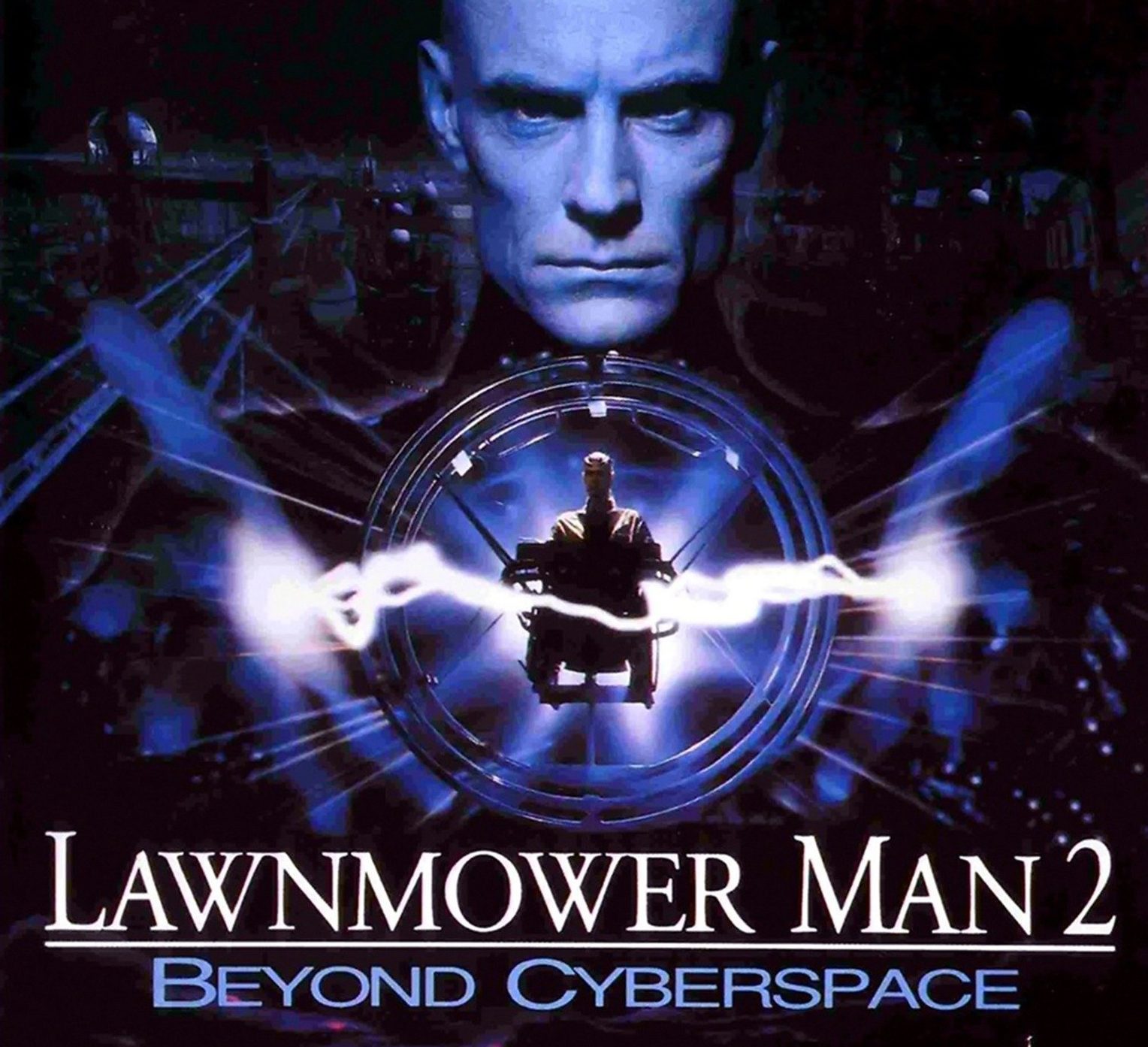
12. Actress Jenny Wright got sick from the use of strobe lights
It’s long been considered sensible for any movie or TV show which features strobe lighting to come with a viewer advisory warning, as such effects are known to cause seizures in some people. This proved to be an issue of the set of The Lawnmower Man as well, as Marnie actress Jenny Wright suffered an adverse reaction to the use of strobe lights.
Wright had to face the incessant flashing lights for one virtual reality sequence, but really struggled as the lighting made her feel physically ill. So the actress didn’t have to spend too much time under these conditions, Wright herself only appears in the close-up shots for this scene, with a body double used for the wide shots. Wright also did some shots for this sequence against a blue screen.
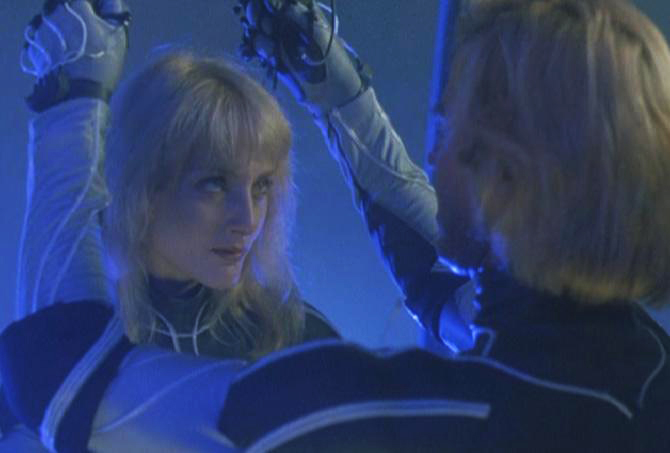
11. Director Brett Leonard has pitched an idea for Lawnmower Man 3
The Lawnmower Man isn’t generally held up as any kind of classic, but it is nonetheless a film which people tend to remember, and as such it enjoys a degree of marketability. The film’s director Brett Leonard is still hopeful that there is sufficient interest in the intellectual property for him to make a present-day follow up to the 1992 hit.
In a 2020 podcast, Leonard announced plans for a film entitled either Lawnmower Man 3 or Lawnmower Man Reborn, with Austin O’Brien’s character Peter Parkette returning: “[he] is grown up, he’s become a cyber warrior,” and is “a veteran of the cyber war with China – that all took place in virtual reality.” Leonard claims the main thing holding the film back are rights issues.
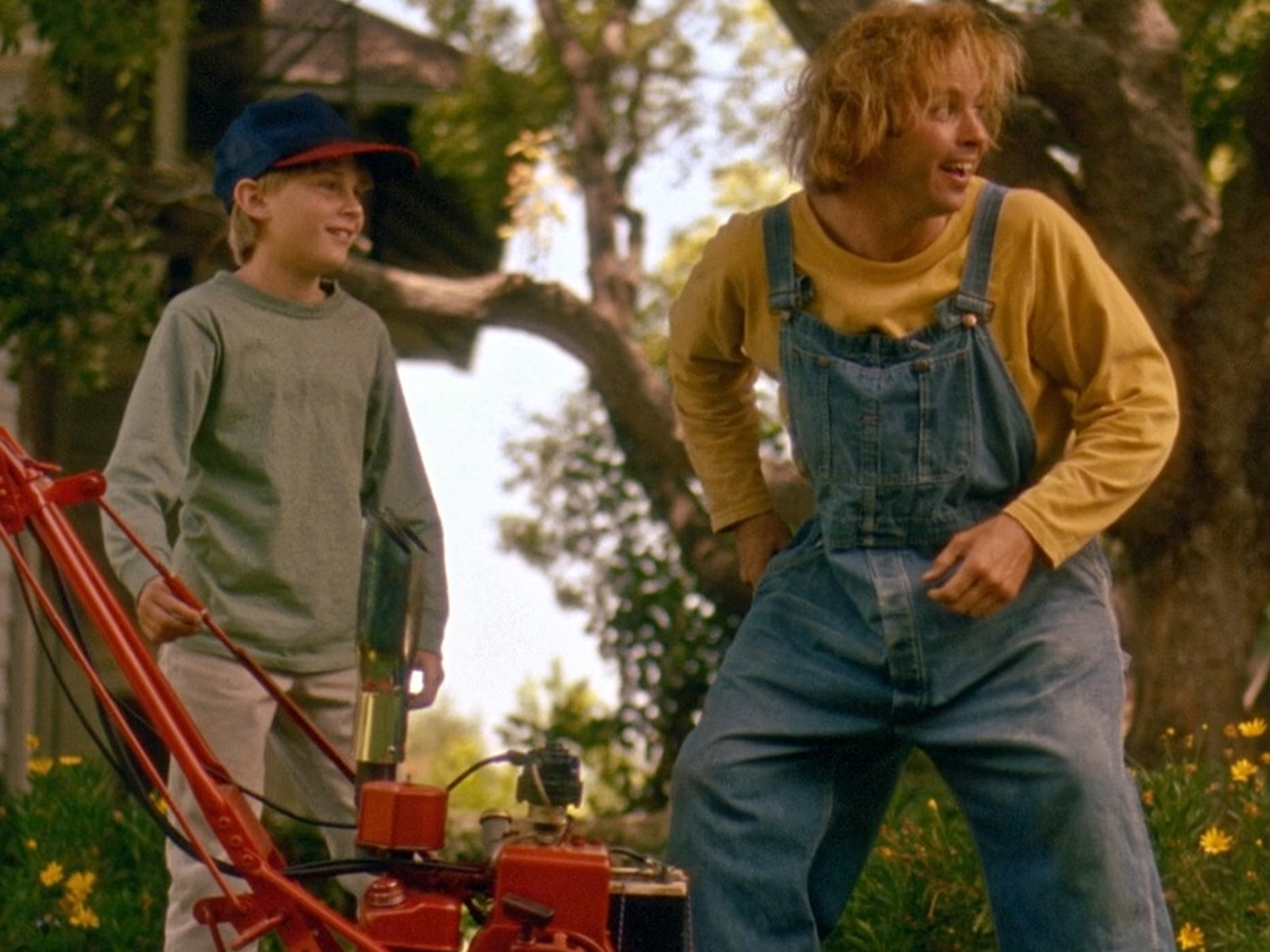
10. 34 minutes of deleted scenes were restored for a director’s cut
When The Lawnmower Man was first released to home entertainment, extended special editions were all the rage, particularly in the science fiction genre. Director’s cut re-releases of such esteemed hits as Aliens, Blade Runner and Close Encounters of the Third Kind had proved critically and commercially successful; and while few would claim The Lawnmower Man was in the same league as those films, it got similar treatment.
The unrated director’s cut of The Lawnmower Man was released to VHS and Laserdisc in 1992, back-to-back with the home entertainment release of the theatrical cut. This extended version approved by director Brett Leonard clocks in at 142 minutes, re-inserting 34 minutes previously removed from the film. This includes some minor story changes: Dr Angelo’s chimp survives, and his wife does not leave him.
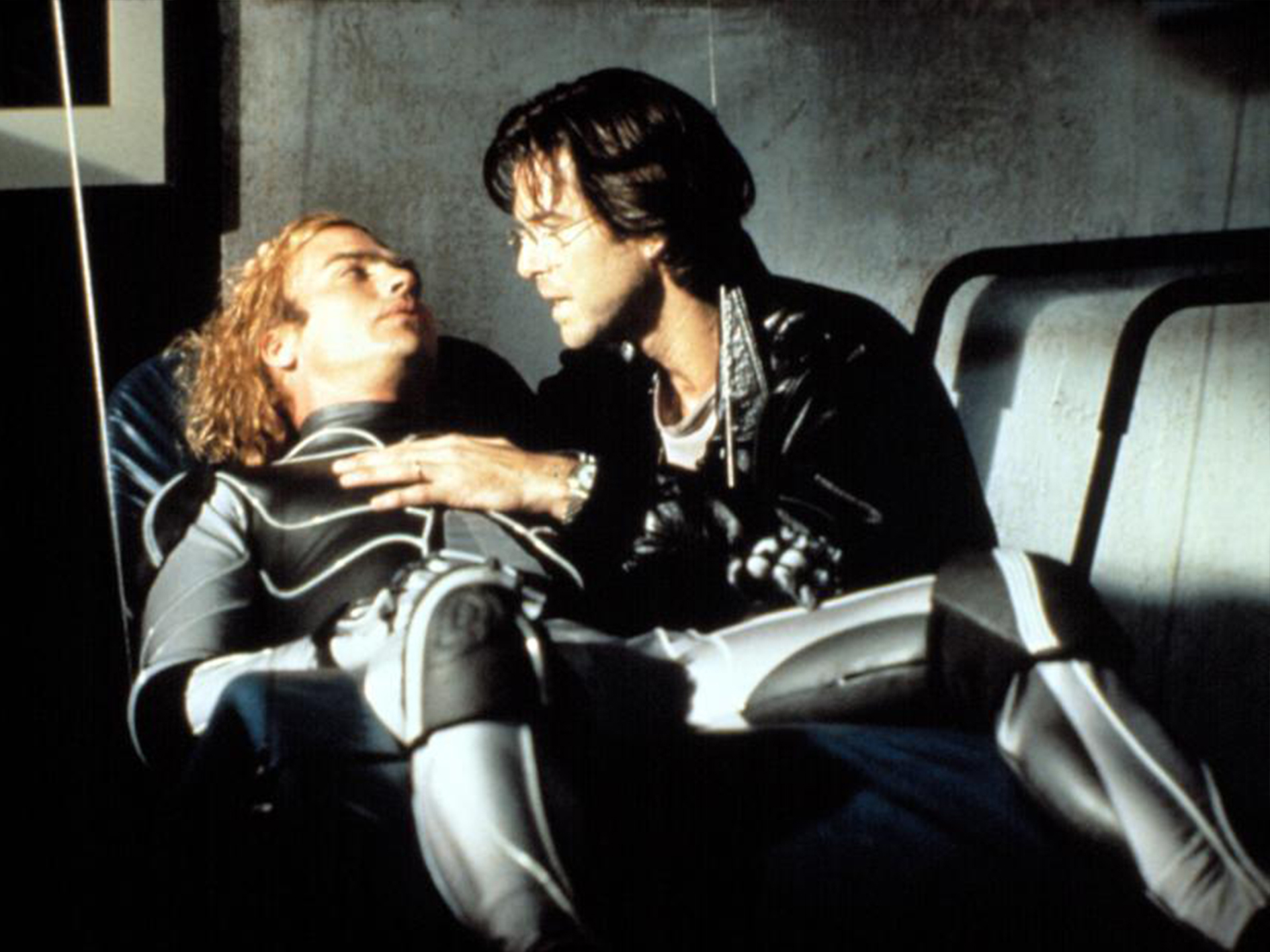
9. It got a number of spin-off video games
Given how heavily it delved into computers, virtual reality and cyberpunk culture, it’s hardly surprising that a large percentage of The Lawnmower Man’s most enthusiastic fans were gamers. This being the case, it was only natural that – as was commonplace at the time – the movie’s merchandising would include a tie-in video game.
The first video game adaptation of The Lawnmower Man, loosely following the film’s plot, was released in 1993 for Nintendo’s SNES and Game Boy, plus the Sega Genesis. That same year, another movie tie-in game was released for DOS, Macintosh and Sega CD, and served as a sequel to the movie. The latter game got a sequel of its own in 1994, entitled Cyberwar.
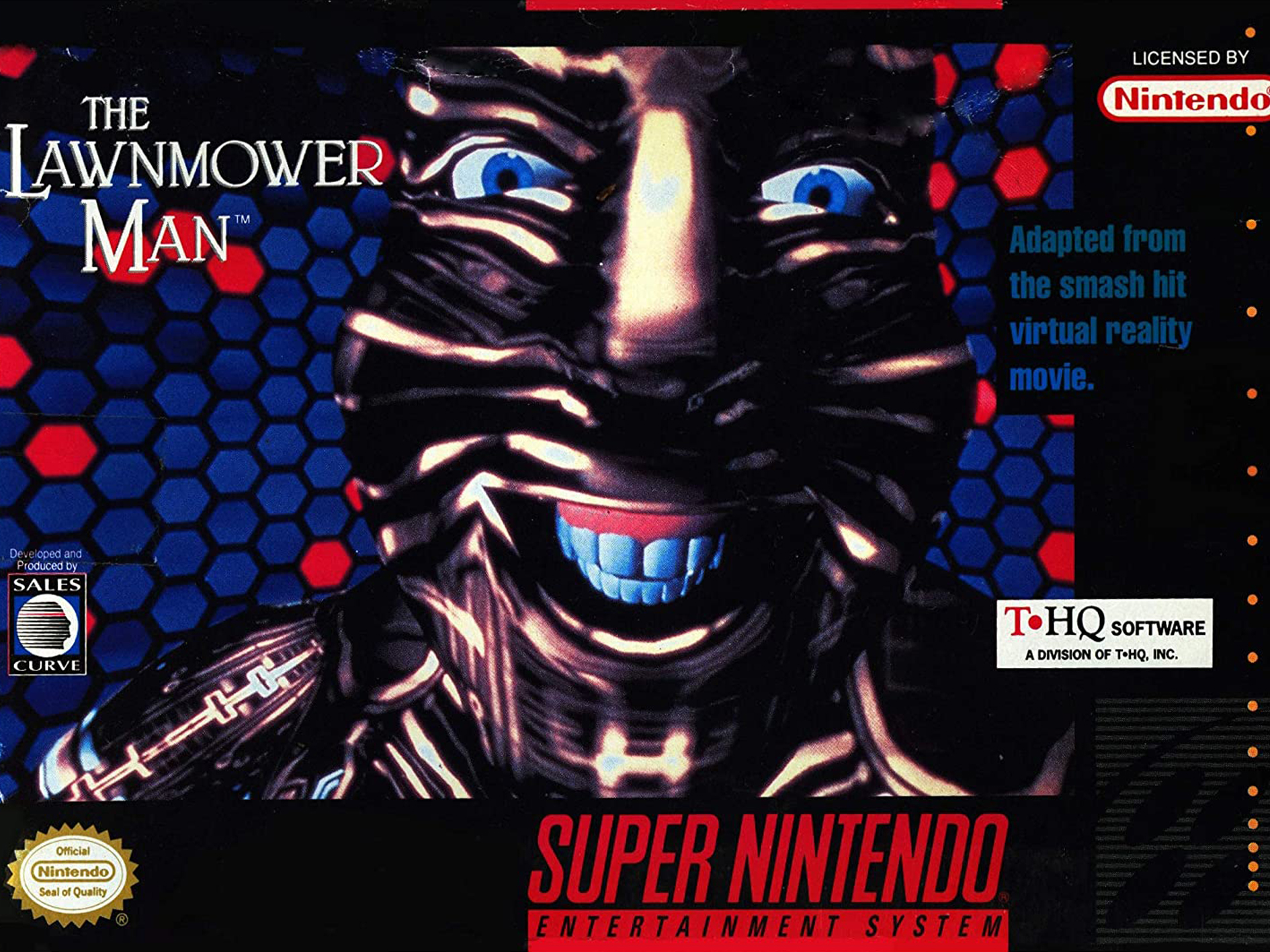
8. Stephen King sued the filmmakers over use of his name (and won)
Studio New Line Cinema legally owned the rights to Stephen King’s story, so they were perfectly within their rights to use the title and elements of the plot. However, the author himself was outraged when the film was marketed as ‘Stephen King’s The Lawnmower Man,’ as it bore virtually no relation to the story that he had written.
King took out a lawsuit against the studio, and the judge ultimately ruled in favour of the author. His name was duly removed from the marketing and he received $2.5 million in damages, and New Line were forbidden from promoting the film as ‘Stephen King’s The Lawnmower Man’ in the future. However, they slyly went ahead and used King’s name in the marketing anyway when the film hit VHS.
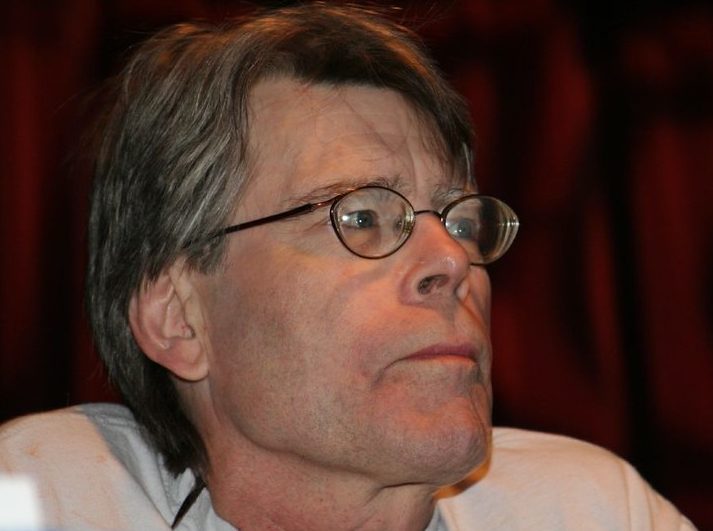
- Credit: Pinguino K via Flickr
7. One team of CGI artists spent eight months working on the digital sequences
Watch the end credits of most modern blockbusters, and once they reach the computer-based roles, dozens of names will scroll past. Things were different back in 1992, however: the production of computer generated imagery was a far smaller, more specialised field without nearly so many people doing it as there are nowadays.
In the case of The Lawnmower Man, all the CGI in the movie was produced by a single team of just seven artists. This cost the studio $500,000, and amounted to a mere eight minutes of screen time overall. This may seem a big price tag for such a small amount of footage, but this fairly groundbreaking use of the new FX technology became the film’s major selling point (even more so than Stephen King’s name).

6. Stephen King’s story was about a satyr making human sacrifices to the god Pan
It’s not hard to see why Stephen King was angered by The Lawnmower Man being presented as an adaptation of his fiction, when we go back and look at King’s original story. The movie’s central character Jobe mows lawns for a living, and so does the protagonist of King’s story, but this is literally where the similarities end.
Stephen King’s The Lawnmower Man centres on a gardener who is in fact a satyr (part man, part goat), who makes human sacrifices in honour of the ancient Greek god of the wild, Pan. There is no reference to computers, and the plot does not in any way feature a mentally-challenged person undergoing therapy to increase their intelligence.
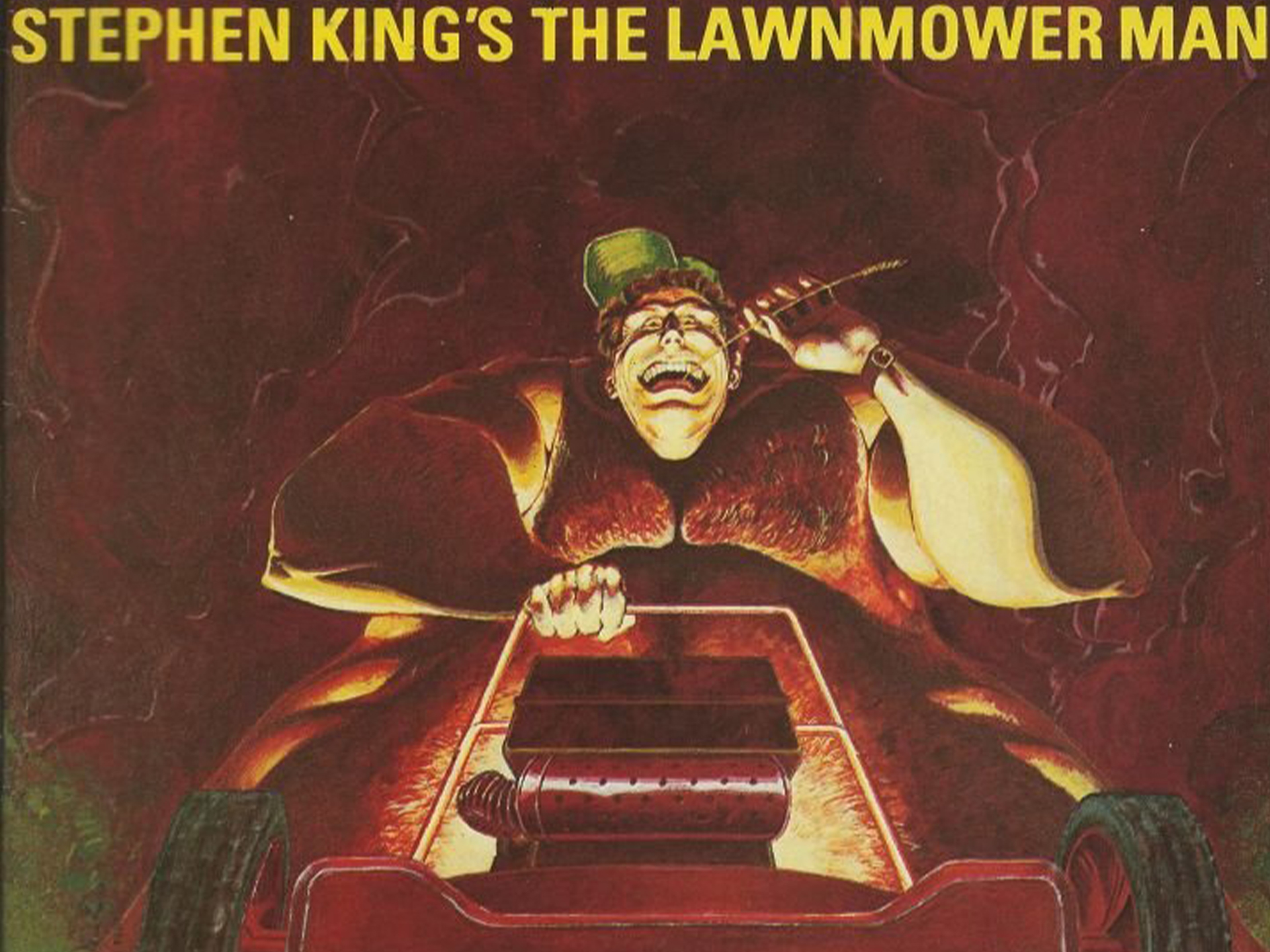
5. Comic writer Grant Morrison pitched a Matrix-like sequel
Before Lawnmower Man 2: Beyond Cyberspace came together, studio New Line Cinema went back and forth over how to turn The Lawnmower Man into a franchise. To this end, executives at the studio approached renowned comic book writer Grant Morrison in 1995. Morrison recalls, “the only real instructions I was given were to bend the Lawnmower Man series in an X-Men superhero-type direction.”
The writer came up with a tale entitled Lawnmower Land, centred on “a group of young people who come to realise they are living in a computer generated simulation.” While the studio decided against this direction, Morrison would explore similar themes in comic book series The Invisibles – and this comic, in turn, is known to have been a major influence on The Matrix.
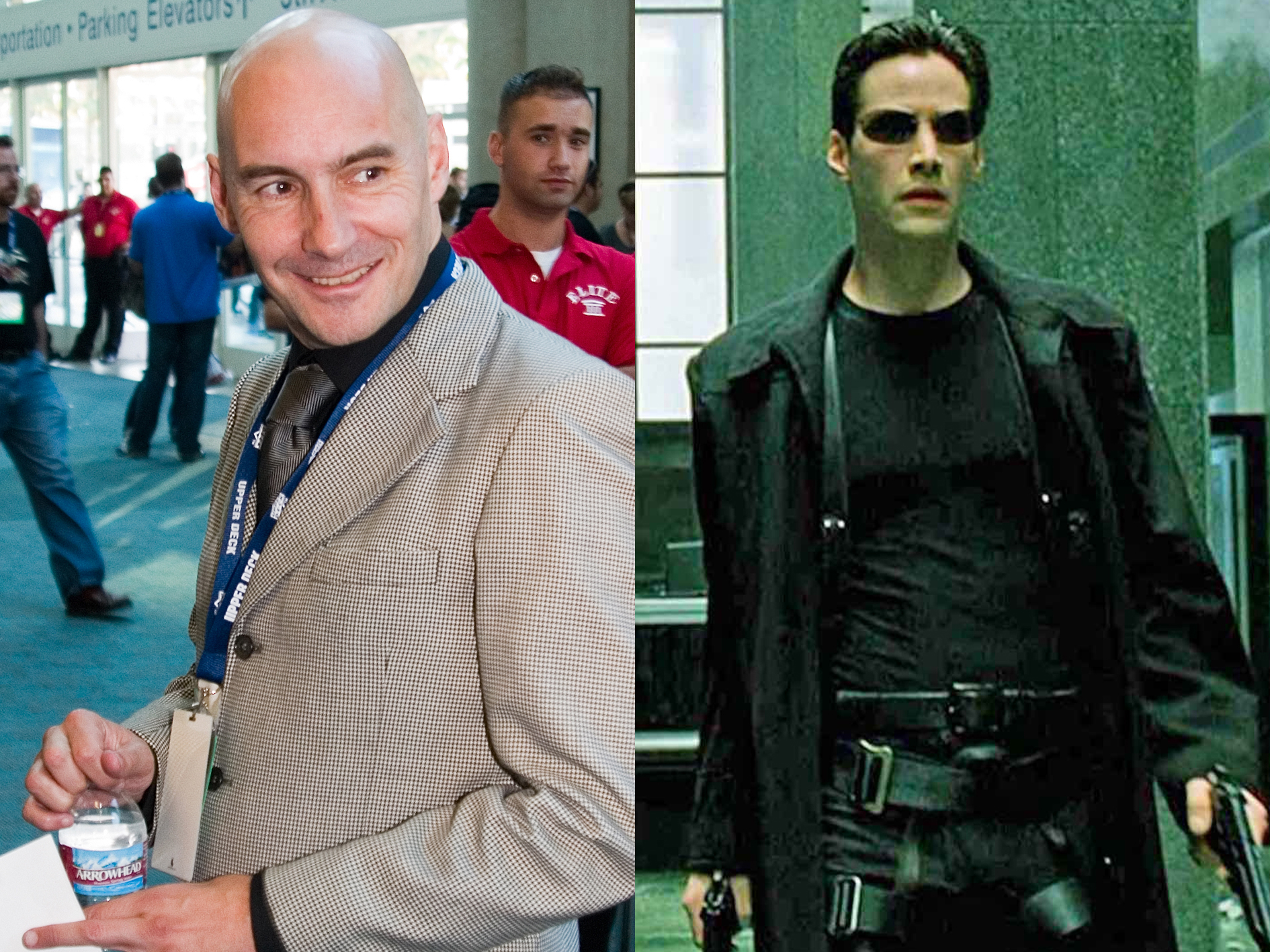
- Credit: Jason Mouratides via Wikimedia Commons
4. It was the highest earning independent film of 1992
When The Lawnmower Man was released, studio New Line Cinema were still technically an independent production house. After starting life as a distributor of low-budget films, the company enjoyed massive success in the 80s and 90s, most notably as the producers of the Nightmare on Elm Street and Teenage Mutant Ninja Turtles movies. This ultimately led to Time Warner purchasing New Line in 1994.
The Lawnmower Man’s $32 million earnings made it the most commercially successful independent film in the calendar year of 1992. However, a later 1992 independent release, The Crying Game (distributed by New Line’s biggest rivals, Miramax), would end up grossing almost $65 million, although this wouldn’t be until the end of its theatrical run in 1993.
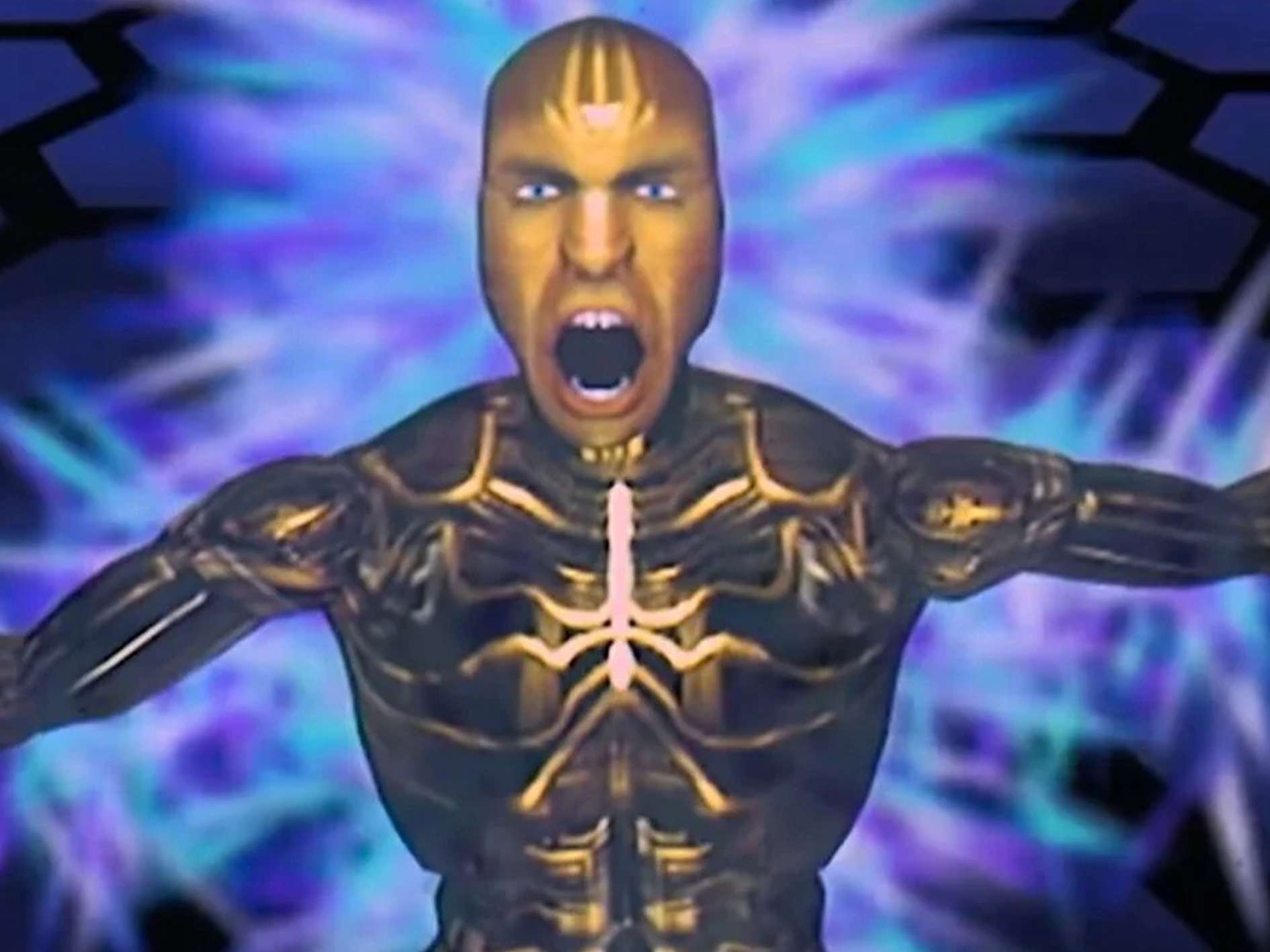
3. The film’s CGI company went on to become Rockstar San Diego
When The Lawnmower Man went into production, the San Diego-based team of CG artists working on the film were known as Angel Studios. After the film’s success, Angel Studios worked more extensively in video games, working on such titles as Mr Bones and Resident Evil 2. Then in 2000, they collaborated with New York’s Rockstar Games on a number of games.
Finally in 2003, founder Diego Angel agreed to sell the company to Rockstar in 2003, and Angel Studios were officially renamed Rockstar San Diego. In the years since, the company have developed some hugely successful video games, including Red Dead Redemption and its sequel, plus L.A. Noire, Max Payne 3 and Grand Theft Auto V.
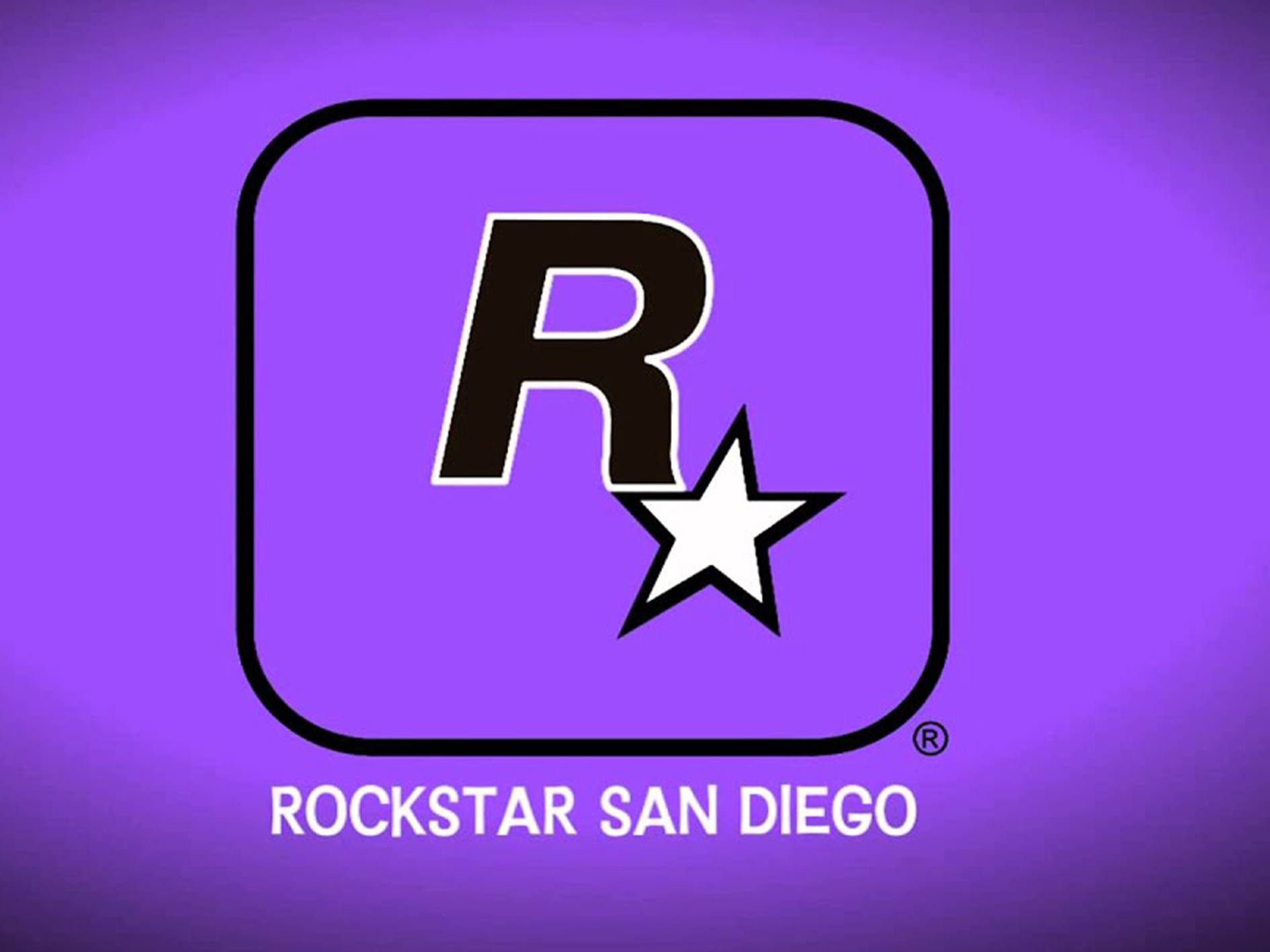
2. Jeff Fahey and Pierce Brosnan had no idea what the CGI was going to look like
In the film, once the characters strap on their headsets and suits, we are then shown what they see within the computer generated virtual world. However, on the set of The Lawnmower Man it was a different story. When the actors put the headsets on, they saw no graphics at all, and had nothing to go on other than what director Brett Leonard told them.
Jeff Fahey reflects, “today, you have an idea [what VR looks like]… but there, I remember Pierce and myself would ask Brett, ‘well, what [are we seeing]?’ And he’d say, ‘well, I don’t quite now what we’re going to see yet’… so as we’re looking in the goggles, it’s just a goggle with a piece of cardboard inside. And Brett would say, ‘you’re seeing something now,’ or ‘you’re hit by something now.'”
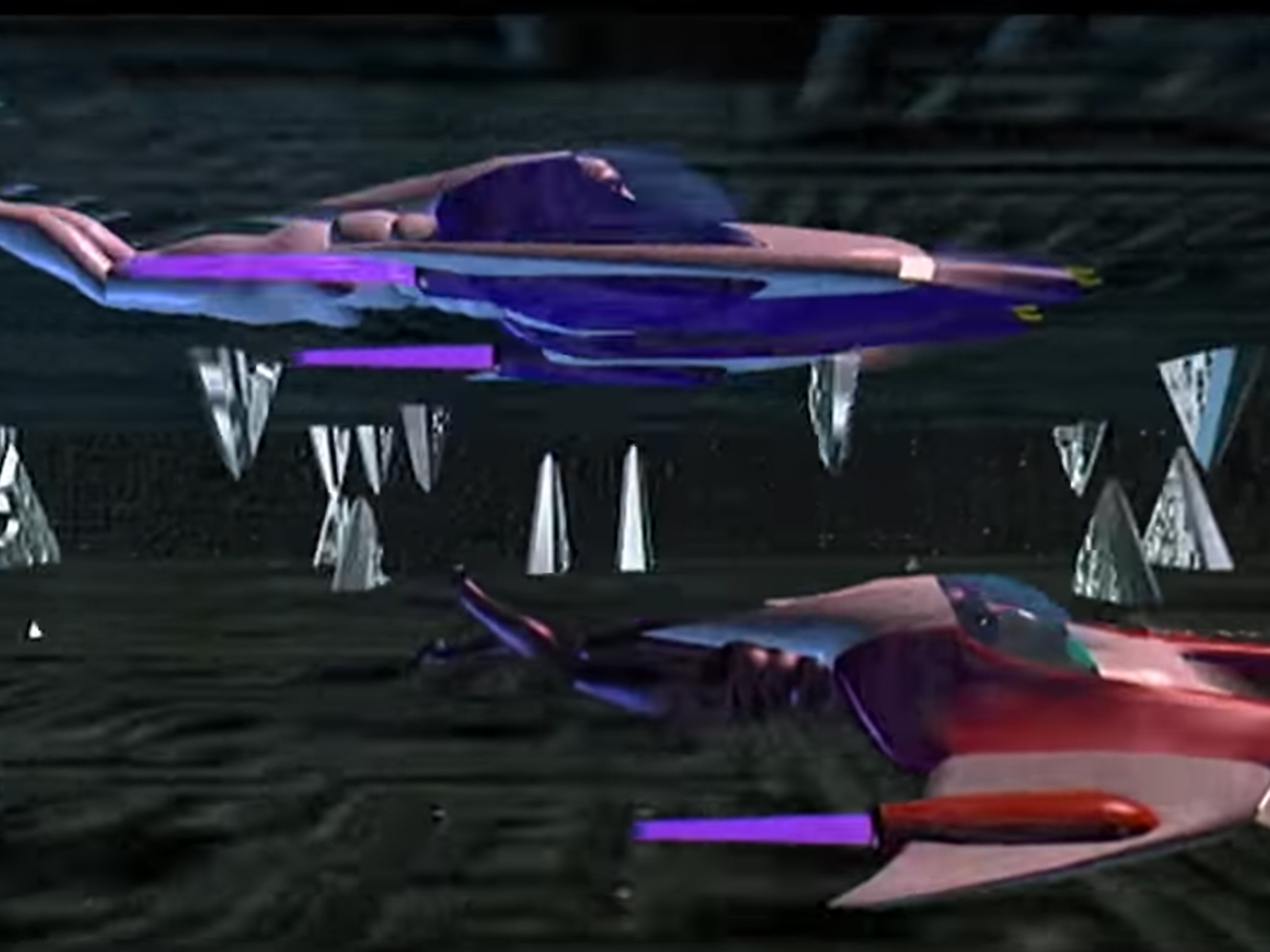
1. Director Brett Leonard would explore VR again with sci-fi thriller Virtuosity
While The Lawnmower Man director Brett Leonard was not invited back for the sequel, he did venture into similar territory with another 90s cyberpunk thriller centred on virtual reality technology; 1995’s Virtuosity. The film sees a computer-generated serial killer named SID (which stands for Sadistic, Intelligent, Dangerous – yes really) escape into the real world.
Met with largely negative reviews but modest box office success, today Virtuosity is best remembered as the first collaboration between future Best Actor Oscar winners Denzel Washington and Russell Crowe. The two men would work together a second time in 2007, in director Ridley Scott’s fact-based crime drama American Gangster.
